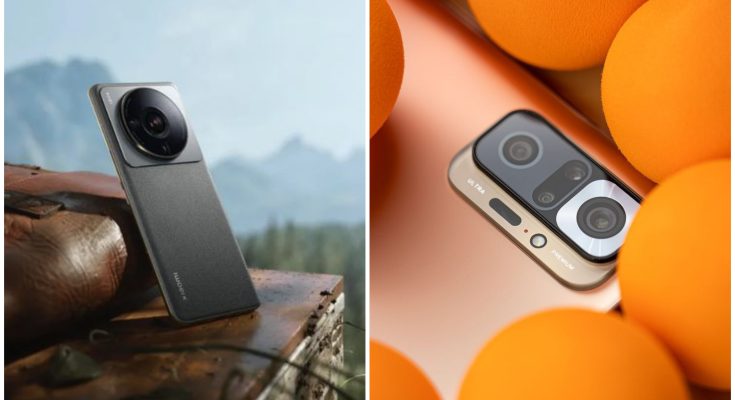In today’s digital age, the smartphone camera has become an essential tool for capturing life’s moments, from spontaneous selfies to breathtaking landscapes. As smartphone technology advances, so do the capabilities of their cameras, offering users powerful features that can rival traditional cameras. However, to truly maximize the potential of your smartphone camera, it’s important to understand its features and how to use them effectively. Here are some essential tips and insights to help you get the most out of your smartphone camera.
1. Understand Your Camera’s Specifications
Before diving into photography, familiarize yourself with your smartphone camera’s specifications. Key factors to consider include megapixels, aperture size, sensor size, and the type of lenses available (such as wide-angle, telephoto, or macro). While higher megapixels are often touted as a selling point, they don’t always equate to better image quality. A larger sensor and a wide aperture allow for more light to enter, which is crucial for low-light photography and achieving a shallow depth of field.
2. Master the Basics of Composition
Good composition is the foundation of great photography, regardless of the device you’re using. Follow the rule of thirds by dividing your frame into a 3×3 grid and placing your subject along these lines or at their intersections. This creates a more balanced and visually appealing image. Additionally, be mindful of leading lines, symmetry, and framing to draw attention to your subject and create a more dynamic photo.
3. Utilize HDR Mode
High Dynamic Range (HDR) mode is a powerful feature that combines multiple exposures to create a well-balanced image, especially in high-contrast scenes. When used correctly, HDR can enhance the details in both the bright and dark areas of your photo, preventing overexposed skies or underexposed shadows. However, it’s important to note that HDR isn’t suitable for all situations, such as when capturing fast-moving subjects, as it can result in blurred images.
4. Experiment with Manual Settings
While the automatic mode on your smartphone cameras can produce decent results, experimenting with manual settings allows you to take full control of your photography. Adjusting the ISO, shutter speed, and white balance can significantly impact the final image. For instance, lowering the ISO reduces noise in well-lit conditions, while a slower shutter speed can be used to capture motion blur or light trails. Learning how to balance these settings will give you greater creative freedom and improved image quality.
5. Take Advantage of Multiple Lenses
Many modern smartphones come equipped with multiple lenses, each serving a different purpose. Wide-angle lenses are perfect for capturing expansive landscapes, while telephoto lenses allow you to zoom in on distant subjects without losing detail. Macro lenses, on the other hand, are ideal for close-up shots of small objects, revealing intricate details that might otherwise go unnoticed. Understanding when and how to use each lens can elevate your photography and help you capture a wider variety of shots.
6. Make the Most of Lighting
Lighting is one of the most critical aspects of photography. Natural light is often the best option, especially during the golden hour—the period shortly after sunrise or before sunset—when the light is soft and warm. If you’re shooting indoors or in low-light conditions, try to position your subject near a window or use a portable LED light to create better illumination. Avoid using the built-in flash unless absolutely necessary, as it can produce harsh shadows and unnatural colors.
7. Edit Your Photos for a Professional Touch
Post-processing is an essential step in modern photography. Even a slight adjustment to brightness, contrast, or saturation can make a significant difference in the final image. There are numerous photo editing apps available that offer advanced features, such as filters, retouching tools, and color grading options. However, it’s important to maintain a natural look—over-editing can result in unrealistic images that lose their impact.
8. Keep Your Lens Clean
It might seem obvious, but keeping your smartphone cameras lens clean is crucial for capturing clear and sharp images. Dust, fingerprints, and smudges can all degrade the quality of your photos. Make it a habit to wipe your lens regularly with a microfiber cloth, especially before taking important shots.
Conclusion
Your smartphone camera is a powerful tool that, when used effectively, can produce stunning images comparable to those taken with traditional cameras. By understanding your camera’s features, mastering composition, and experimenting with settings, you can significantly enhance your photography skills. Remember, practice makes perfect—so take the time to explore and experiment with your smartphone camera, and you’ll be capturing incredible photos in no time.





